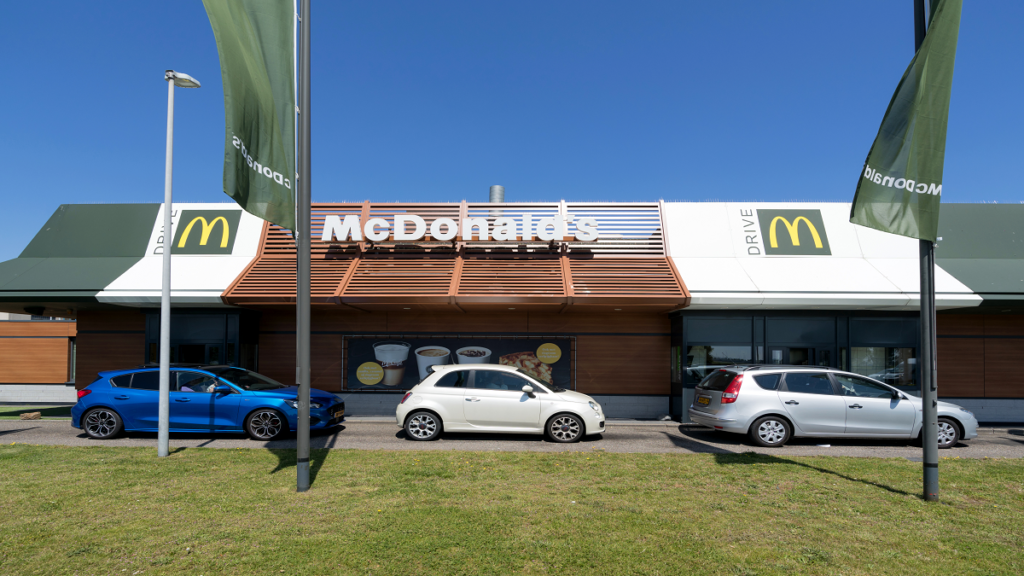A McDonald’s in Fort Worth, Texas has become its first largely automated location worldwide, with customers going to the golden arches able to be served up a Big Mac by a conveyor rather than being handed it by a human. The fast-food giant believes the move will push the limits of the brand to deliver for customers ‘faster and earlier than ever before’.
Opening in December of 2022, the location is ‘considerably smaller’ than a typical McDonald’s, the company state, and does operate a team of staff ‘comparable to other stores’. But the staff focus has shifted to making and packing orders instead of taking or delivering them, with customers who venture inside placing their order taken via a kiosk and having them grab it from a shelf.
Another innovation trialled here, inspired by changing ordering habits arising from the pandemic, is further integration of the app into the restaurant’s internal machinations to ease drive through queues and avoid staff having to take it out to customers waiting in curbside pick-up lanes. Using ‘enhanced technology’, those who order through the McDonald’s app will have it alert their chosen restaurant as they near so staff can begin prepping it. When they arrive, they are now able to drive through a dedicated Order Ahead Lane, input their order ID, and the conveyor belt will send forth the corresponding order.
McDonald’s has before forayed into integrating increasing automation into its production line. As far back as 2003, McDonald’s tested kiosks to place orders; in 2019, the company made its largest acquisition in 20 years with the purchase of software company Dynamic Yield for $300mn in a move it used to modernise and personalise its drive through and digital ordering kiosks; the same year, McDonald’s spent nearly $1bn to add ordering kiosks and other tech to its stores. And another of its 2019 acquisitions, Apprente, saw it implement a 2021 trial of AI voice-ordering software to take orders of customers using drive-throughs. CEO Chris Kempczinski said the restaurants using the voice tech were seeing about 85% order accuracy, with roughly a fifth of orders needing to be a taken by a human at those locations.
This idea of greater automation is becoming increasingly interesting for fast-food companies as many battle worker shortages and growing wage costs, with the National Restaurant Association reporting that four in five operators are currently and have been understaffed since the beginning of the pandemic. Chipotle, White Castle, and Wing Zone have also seen the deployment of AI automation into its production line: Miso Robotics’ Flippy 2. Flippy 2 uses AI vision to independently do the work of an entire fry station and can cook 300 burgers and drop hundreds of baskets of fries into the fryer daily. White Castle said it plans to add 100 Flippy robots to work the fry station at its restaurants in the US.
This automation expansion could see up to 82% of restaurant positions replaced by robots, according to restaurant consultancy Aaron Allen & Associates, with resulting costs saving US fast-food restaurants more than $12bn in annual wages.
There’s also plenty of other AI editorial at IoT Insider’s sister publication, Electronic Specifier. And you can always add to the discussion at our comments section below or on our LinkedIn page here.
